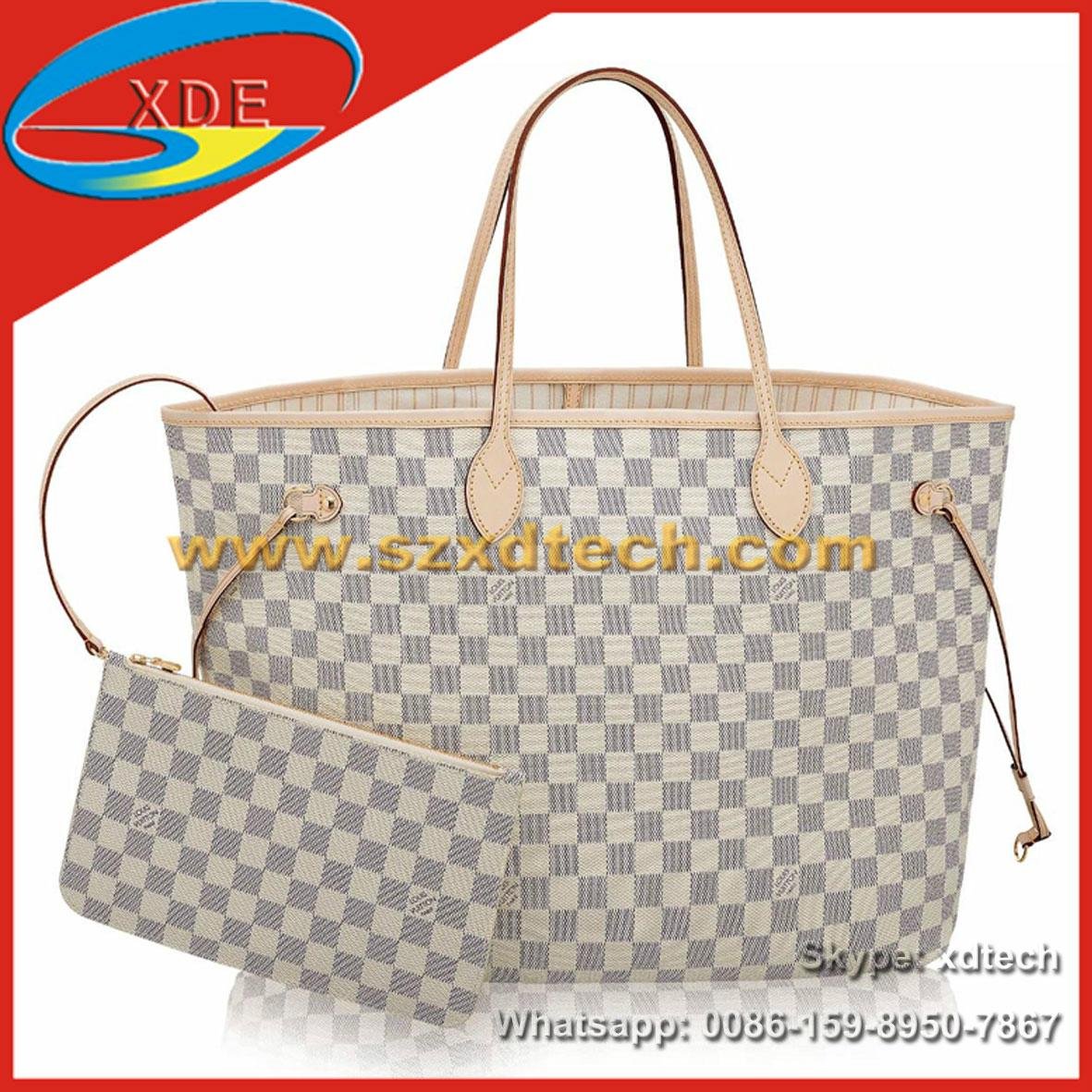Worldwide of luxury style and accessories, Louis Vuitton stands as a sign of high quality, style, and longevity. The brand name’s brief-cases, renowned for their refinement and capability, are not simply devices but a statement of professional success and design. A vital aspect that contributes to their allure is the product made use of in their building and construction. This post looks into the products that make Louis Vuitton briefcases a paragon of high-end and functionality.
The Heritage of Louis Vuitton
Given that its facility in 1854, Louis Vuitton has actually been synonymous with the art of traveling and deluxe leather goods. The brand name’s founder, Louis Vuitton, reinvented luggage-making with his cutting-edge layouts and top notch materials. This heritage proceeds today with their range of products, specifically the briefcases, which combine traditional workmanship with contemporary needs.
 Iconic Materials in louis vuitton blanket Vuitton Briefcases
Iconic Materials in louis vuitton blanket Vuitton Briefcases
1. Monogrammed Canvas
Louis Vuitton’s monogrammed canvas is probably the most identifiable material in their briefcase line. Introduced in 1896, the canvas includes an interlocking LV logo with floral patterns. The material is not only cosmetically pleasing but also highly durable, waterproof, and lightweight. This makes it a functional option for professionals that need a dependable yet elegant briefcase.
2. Damier Canvas
An additional trademark material is the Damier canvas, noted by its traditional checkerboard pattern. Originally developed in 1888, this product provides a smooth, innovative appearance while maintaining sturdiness. It’s covered with a layer that safeguards versus water, scratches, and fading, making sure the brief-case holds up against the roughness of day-to-day usage.
3. Epi Leather
Epi natural leather, understood for its distinctive, grained surface, is one more prominent product in Louis Vuitton brief-cases. It’s a colored, specifically treated natural leather that’s immune to water and scrapes, making it both functional and glamorous. Epi leather brief-cases typically feature a more underrated, expert appearance, appealing to those who favor nuance.
4. Taiga Natural leather
Taiga natural leather is a soft, resilient product with a distinctive grainy appearance. It’s commonly used in men’s briefcases for its fine-tuned yet robust quality. This leather establishes a abundant patina in time, adding character to the briefcase while preserving its strength.
The Workmanship Behind the Products
The materials made use of in Louis Vuitton briefcases are a testimony to the brand’s commitment to top quality. Each material is meticulously picked and refined to ensure it fulfills the brand’s high criteria. The workmanship involved in working with these materials is a ability refined over generations. The sewing, assembly, and ending up of each briefcase are diligently carried out, guaranteeing that every information is perfect.
Sustainability and Ethical Sourcing
Over the last few years, Louis Vuitton has shown an raising commitment to sustainability and ethical sourcing of products. The brand aims to reduce its environmental impact by utilizing responsibly sourced leather and products, and by carrying out even more sustainable manufacturing procedures. This dedication adds an extra layer of value to their briefcases, straightening deluxe with accountable methods.
Final thought
Finally, the materials made use of in Louis Vuitton brief-cases are indispensable to their appeal and performance. From the famous monogrammed canvas to the luxurious Epi and Taiga natural leathers, each product brings its special top qualities to the brief-cases. These products, incorporated with professional workmanship and a dedication to sustainability, create items that are not just signs of expert success but additionally of mindful high-end. Owning a Louis Vuitton brief-case is not nearly making a style statement; it has to do with buying a piece of art that symbolizes the combination of tradition, advancement, and responsible luxury.
